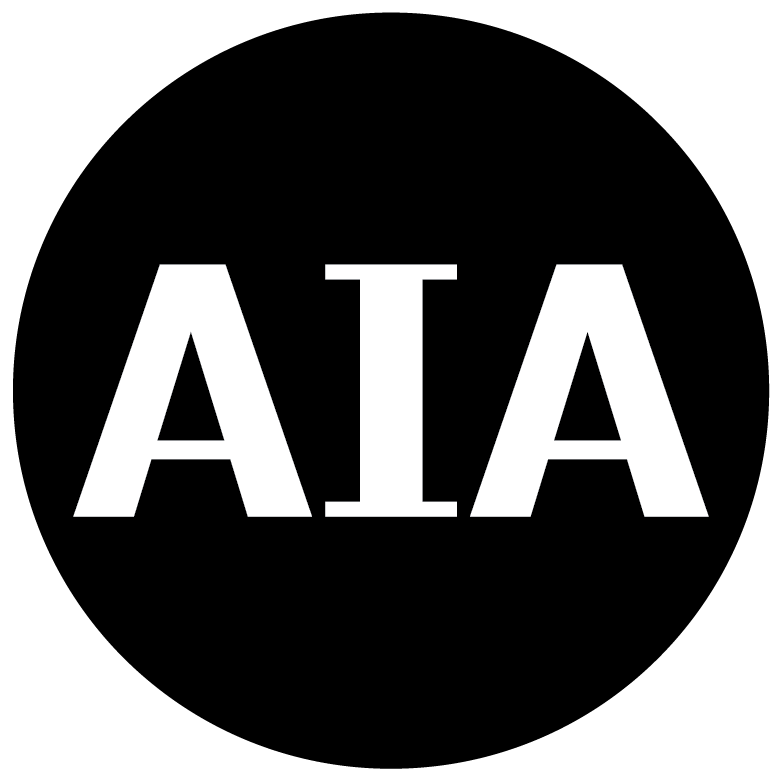What style of energy modeling is right for a project?
A decade ago, energy modeling became popular as part of LEED and energy code compliance. But ‘compliance’ modeling, as it is known, often isn’t very effective at reducing energy use and controlling cost. Why? Because it usually happens after the design is mostly complete. But several styles of early energy modeling are growing in popularity, proving to be more effective than predecessors.
Compliance versus early energy modeling
Compliance modeling occurs late in the design development and construction documents phases. Early energy modeling is used to inform fundamental design team decisions about passive and active building design and needs to take place in the concept or schematic design phases.
Most architects don’t realize how much their early design massing and fenestration choices affect the ultimate size and cost of mechanical systems. Early energy modeling allows us to understand the most cost-effective, creative way to use our design talents to reduce the size and cost of mechanical systems, which help us reduce energy use and costs. Without early modeling, we have limited data to recommend strategies that may actually meet client goals.
A common language: ASHRAE Standard 209
As firms become more familiar with energy modeling, we need a more nuanced understanding of the different scopes that architects, engineers, and owners might want on a given project. To help our entire industry, ASHRAE put together a 20-page, easy-to-use framework. Energy modeling concepts and approaches in this framework are not new, but the new standard applies a common language that is easy to understand and communicate across the project team and to describe scope within contracts and expectations for coordination
Many architects have never cracked open an ASHRAE publication, but Standard 209 is surprisingly accessible. It includes definitions and concise descriptions of 11 different energy modeling scopes, referred to as ‘cycles.’ Seven of these cycles describe design-phase modeling, each with specific goals coordinated in the typical design process. The standard also outlines three additional modeling cycles for construction and operation phases, including a design and post-occupancy performance comparison. These features help owners and modelers understand the impact of design phase modeling assumptions and inform future modeling choices.
ASHRAE particularly emphasizes the importance of early energy modeling in the first four cycles, focusing on aspects like climate analysis and evaluating passive design techniques. Architects can make the biggest impact by making choices and recommendations based on the early cycles.
Putting Standard 209 into practice: Brooks Sports Headquarters
Standard 209 reflects many of the ideas that have helped high-performance buildings meet and exceed their energy goals. For the Brooks Sports Headquarters in Seattle, WA, designed by LMN Architects, early modeling aligned with many 209 cycles was fundamental.
As the first project to attempt certification under Seattle’s Deep Green Pilot Program, Brooks Sports was required to achieve 75 per cent energy reduction, as well as 75 per cent potable water reduction and 50 per cent storm water reuse. The design team started modeling at project inception to achieve the goals within a market-rate construction and rental structure. They could have designed a very expensive building, but the team used energy modeling early and often to help reduce costs while meeting the energy target—focusing only on the most effective elements for this specific site, orientation, project size, and other parameters.
Though 209 didn’t exist when the project was modeled, eight of the 11 total cycles defined in the standard were essential to the design process including:
• Cycle #1: Simple box modeling determined that 40 per cent glazing was essential to meet client goals
• Cycle #2: Conceptual design modeling determined the relative importance of all systems
• Cycle #3: Load reduction modeling helped eliminate shading devices in favor of higher quality glazing, controlling cost and energy use
The design team also incorporated cycles 4-7 and requirements of the 209 Standard such as an early energy charrette, climate analysis, and benchmarking to meet early modeling goals. As the design-build project progressed, they tracked cost, modeled performance, and conducted energy simulations.
After occupancy, the building energy model verified the actual performance of Brooks Sports Headquarters. The results? 79 per cent energy savings (plus an 82 per cent potable water use reduction), verified over a 12-month occupancy period.
As proven with the Brook Sports Headquarters, energy modeling informs data driven analysis of a specific building design so architects and collaborators can make value and comfort-based design decisions. The ASHRAE 209 Standard makes it easier to define energy modeling goals and what types of energy modeling are most useful for a project. While most project teams won’t use all 11 cycles, they provide a very useful starting point for conversations and contract scopes. By using Standard 209 and incorporating energy modeling more often architects can serve our clients’ cost and performance goals from early in design.
To learn more, check out the architect’s guide to integrating energy modeling in the design process. For additional resources and case studies, visit our energy topic page.
Kim Shinn is senior sustainability wizard at TLC Engineering. He was a member of the ASHRAE committee that created Standard 209 and also serves on the AIA’s Energy Leadership Group.
Kjell Anderson, AIA, is director of sustainable design at LMN Architects in Seattle, WA. With experience in all aspects of the architectural design process, he now coordinates LMN ‘s sustainability efforts.

